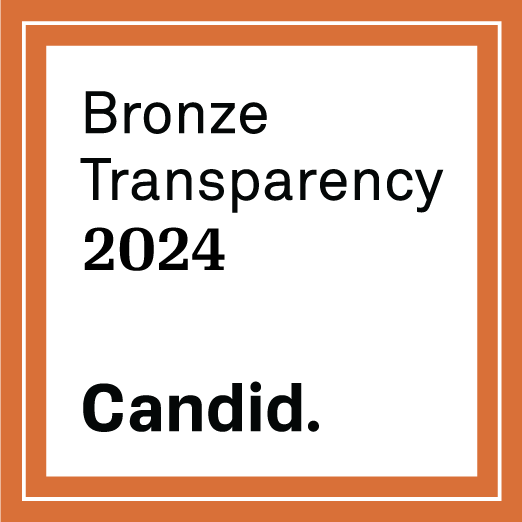The supply of public housing was insufficient for the need among Black city dwellers, however. So as white residents drifted toward suburbs and their units sat vacant, activists demanded public housing integration. Having unsuccessfully fought against racially restrictive covenants during Shelley v. Kraemer (1948), some Realtors now turned their energy toward organizing white communities against public housing in their communities, too. Eventually the violence of this white resistance to public housing-driven integration epitomized by instances such as Detroit’s Belle Isle and Chicago’s Trumbull Park died down, but public housing would never quite recover from the loss of former support from white residents who now joined Realtors in trying to crush the program for good. By the 1970s, public housing construction was halted, its funds curtailed, its tenancy mostly limited to only the poorest of the poor, and its status considered one of abject failure by its detractors and policymakers. Still, waitlists for many public housing authority units, which remain popular among low-income residents, can stretch over 25 years long.

